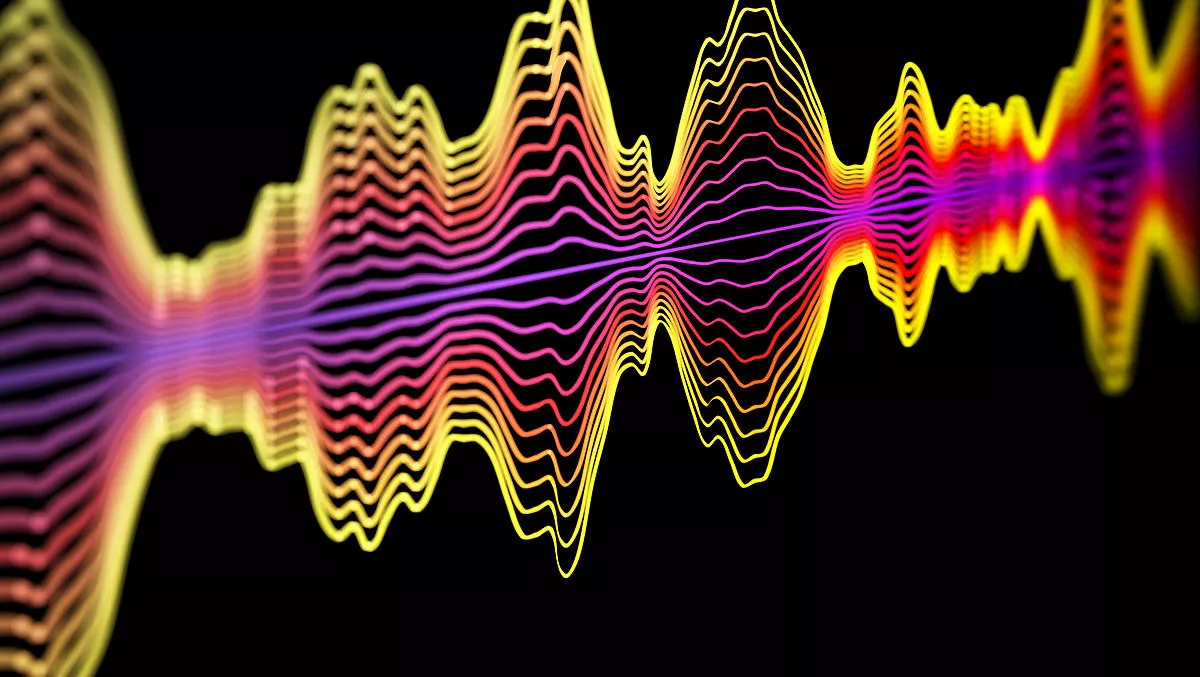
It took just a touch of AI to help find the right music for a film, game, TV show, or video – a far cry from the days when audio producers would have to sift through hundreds of thousands of sings to find the right one.
A tech company called AIMS cam up with a way for AI to use pattern detection capabilities that could pave the way for new music exploration.
AIMS didn't rely on tags or metadata to figure out if one type of music was similar (or not) to another type – instead, developers incorporated mood, vibe, and past track usage. According to the
AIMS team, that approach created a more subjective process that helps to create a ‘nuanced' and creative curation process.
“Production music has increased in quality in recent years to match and often surpass commercially released tracks,” explains music professional Martin Nedvěd.
“Now, the biggest problem for music-for-picture professionals is how to find the right track in an endless supply of music when time is always of the essence. We think we have a solution.
Nedvěd has seen the best and worst of music track selection – in the past he ran a music production sub-publisher, and has been running a music production catalog for almost 10 years.
He says he understands the challenges rights holders and music teams face, how the pace of production has skyrocketed while budgets shrink. Music supervisors and library owners need to do a lot more with less, and this “more” often involves digging up the right music fast from catalogs with millions of tracks.
That's why he's so pleased about AIMS' work - the API doesn't simply suggest something similar based on simple audio characteristics like beats per minute. It hones in on the mood, that certain feel that makes a track work in a particular moment or scene.
“As we were evaluating the results, we were asking if a client sent us this as a reference track, would we send this result back in a playlist?” says Nedvěd.
“It doesn't have to be similar in the typical meaning of sounding alike. The right track can be a different genre or tempo, but it has to have the feeling, the use, the vibe.
He says that while AIMS originally built the AI for its own use, it has expanded its service to others in music production.
“We're not looking just at surface similarities; we're looking for what makes music work for the industries we serve,” concludes Nedvěd.